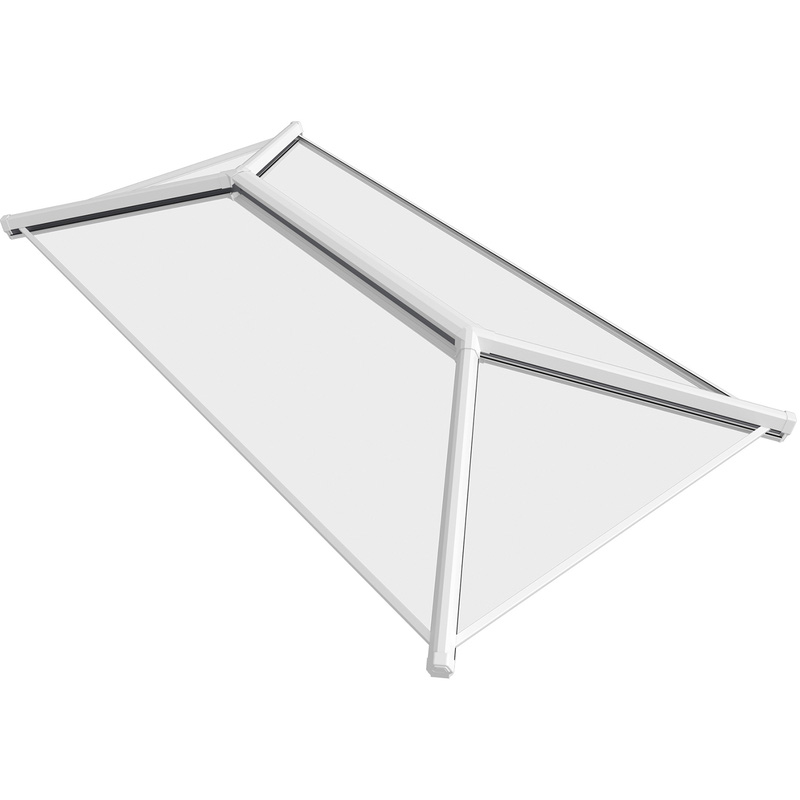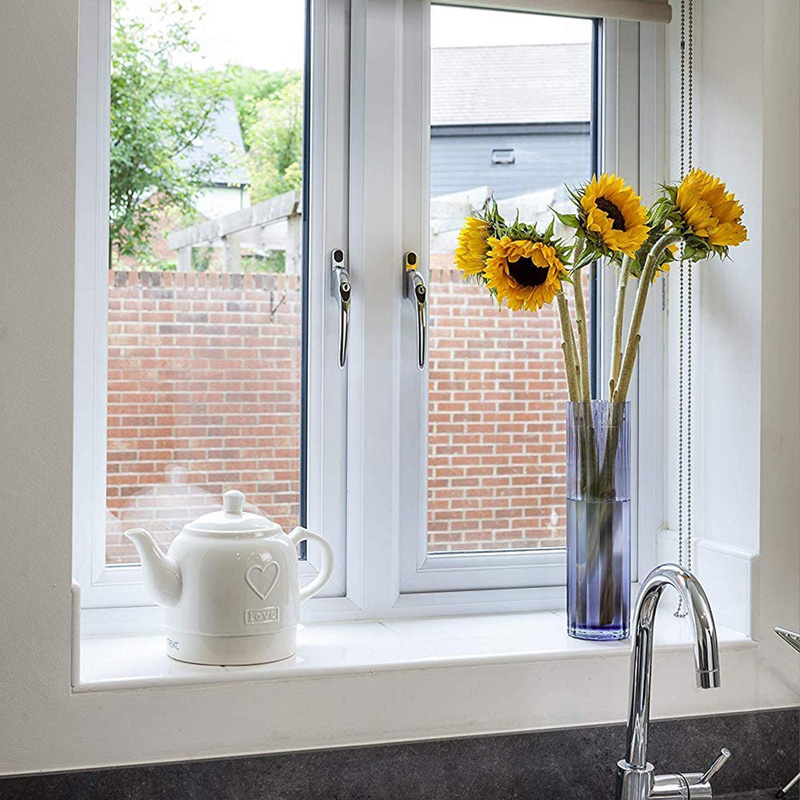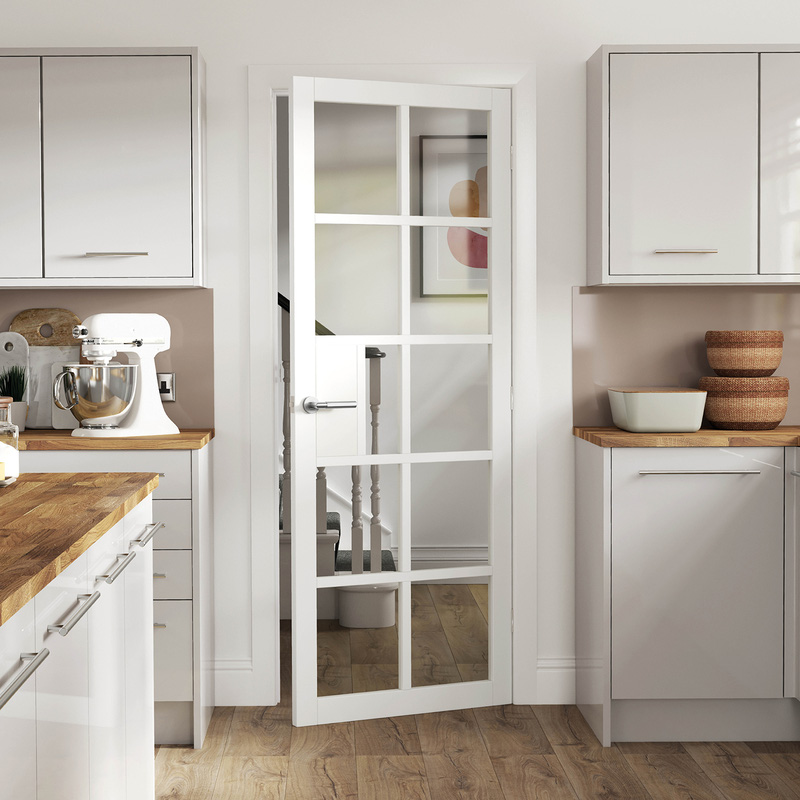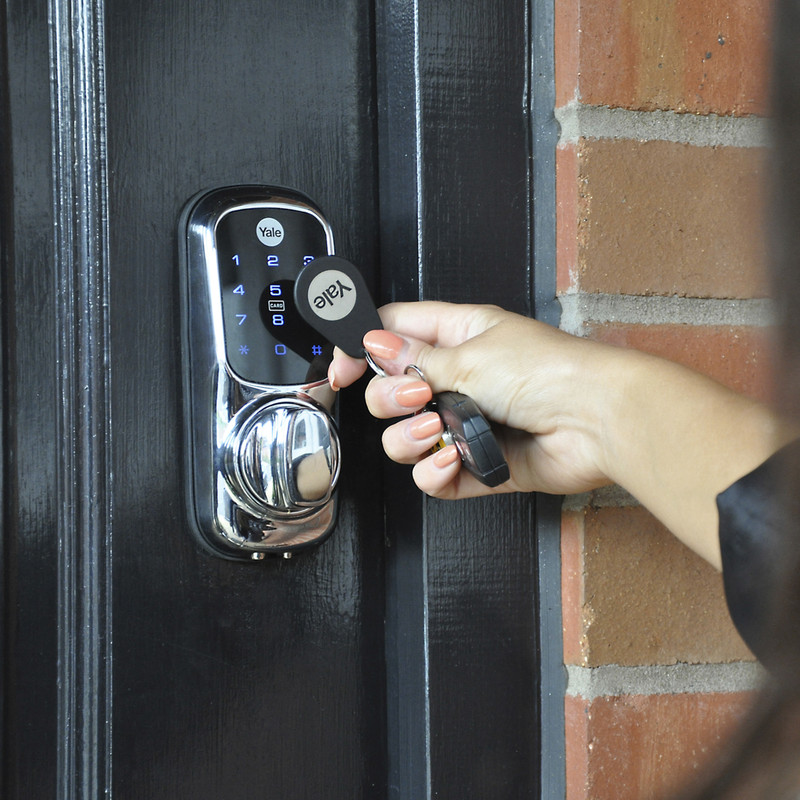When it comes to choosing a window, there's a bit of decision-making involved. You'll need to consider the style that fits your space, the frame, the type of glazing, and how the window opens and closes.
Toolstation has you covered with a wide range of options for walls and roofs with our range of casement windows and roof windows. These aren't just any windows; they're designed to bring in maximum light.
Casement windows, the classic style that has stood the test of time in the UK, are popular for their versatile design. If you’re thinking of getting a flat roof extension or replacing your current roof window, roof lanterns offer a unique elongated pyramid style that complements a variety of home styles.
Types of Glazing
Glazing refers to the glass inside the window frame. Depending on the glazing type, your windows may be better at reducing heat loss or improving noise insulation.
Single Glazing
Single glazed windows simply have one pane of glass. Single glazed windows are difficult to find these days as they’re not very energy efficient and do not effectively reduce noise from outside.
Double Glazing
Double glazed windows are made of two panes of glass with a gap in between. The gap is filled with a non-reactive gas – usually argon. The gas used is denser than air which means heat from inside doesn’t transfer outside as quickly. Double glazed windows are the most common type available, are relatively inexpensive, and can even be obscured for privacy.
Triple Glazing
Triple glazing is made of three panes of glass with gaps in between each layer. Like double glazing, the gaps are filled with a non-reactive gas to improve the energy efficiency and noise insulation. The third pane of glass and second layer of argon improves the energy efficiency far beyond double glazed windows – but the upfront cost is higher. Like double glazing, you’ll also find obscure triple glazing if privacy is a concern.
Types of Windows

Casement Windows
Casement windows are one of the most common and popular types of window in the UK. They’re hinged at the top or side depending on how they’re opened, and are ideal for maximising airflow and ventilation into a room, such as in a steamy bathroom or kitchen. Casement windows are usually made of lightweight and readily-available uPVC in white or grey, but you’ll also find aluminium or timber options. You’ll find casement windows in a variety of configurations and sizes so are suitable for a wide range of domestic properties.
Most casement windows have a tighter seal than other window types which makes them more energy efficient. They’re also one of the most inexpensive windows on the market depending on the style and size you choose.
The main consideration with casement windows is that they open outward, which could cause an obstruction if they’re installed next to outside paths. However, the number of configurations available means you’ll always find something suitable.
Advantages
-
Maximise airflow
-
Energy efficient
-
Inexpensive
Things to Consider
-
Could obstruct pathways when opened

Roof Lanterns
Roof lanterns are made up of several panes of glass that join together, creating an elongated pyramid shape. They use an upstand for support and use bars which are visible from underneath.
Roof lanterns offer a contemporary, elegant feature to a room and allow a lot of light in to an otherwise dark space. You’ll find roof lanterns in a number of colours and sizes so you’ll always find something to suit your space and aesthetic.
The main consideration when choosing a roof lantern are the visible bars. Whilst they add style and the structure of the lanterns is perfect for allowing light in, flat skylights are often a more popular choice in modern buildings for a sleeker look.
Advantages
-
Contemporary, elegant feature
-
Allow a lot of light into a room
-
Variety of colours and sizes available
Things to Consider
-
Visible bars are less popular in ultra modern buildings
Key Window Features
Casement Window Opening
Casement windows are almost always hinged and can be opened outwards to allow air into a room. They can be left hung, right hung or top hung, depending on how they open. Side hinged windows open on the left or right, while top hinged windows open from the bottom. Top openers are common in bathrooms that need ventilation, or where safety is a concern such as children's rooms.
Fixed Windows
Many casement windows can be opened, but some are fixed to just allow light to enter a room. This is common in rooms that have multiple windows, hallway windows, or when the window is made of a single panel. You can also find fixed windows in larger, triple panel windows – where one or both side panels open while the middle stays closed.
Colour
The most popular and inexpensive casement window colour is white, but you’ll also find grey windows for an ultra-modern look. For roof windows and roof lanterns, you can choose between white and black roof windows.
Obscured Glazing
Obscured glazing is ideal if privacy is a concern, such as in bathrooms or front rooms at ground level. Most obscured glazing uses a type of textured glass which still allows plenty of light into the room whilst stopping people from being able to see in. You’ll find obscure double glazing and obscure triple glazing, depending on your needs.



